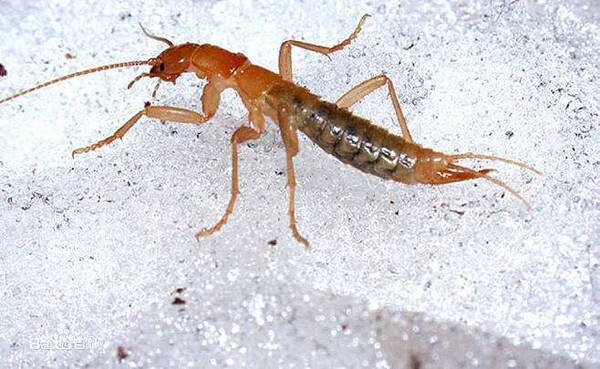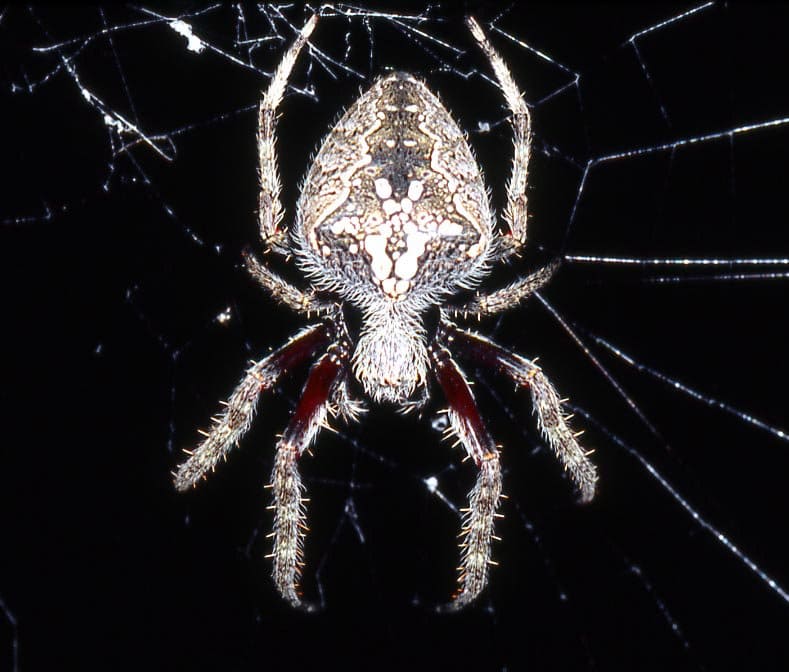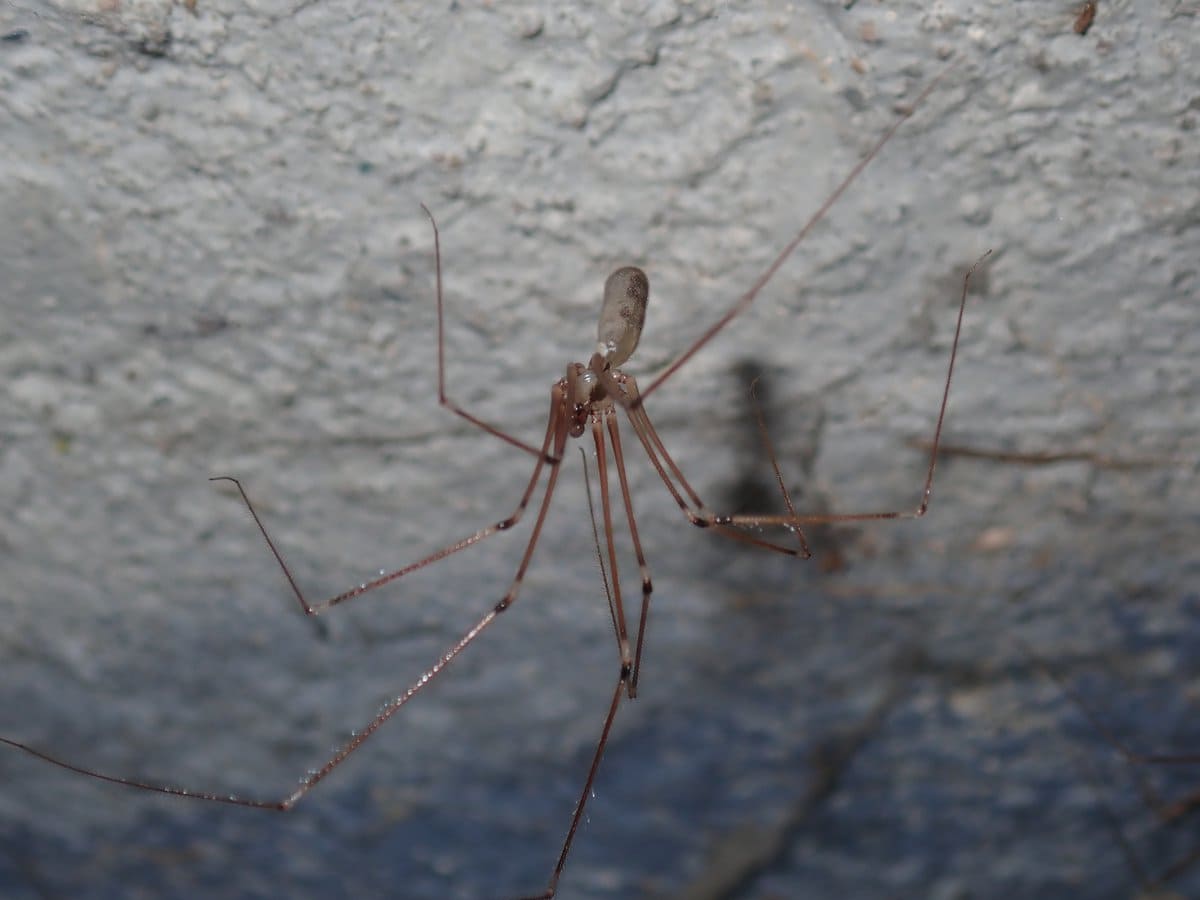Galloisiana sinensis
IUCN
LCBasic Information
Scientific classification
- name:Galloisiana sinensis
- Scientific Name:Galloisiana sinensis
- Outline:Arthropoda
- Family:Insecta Blattodea Blattidae
Vital signs
- length:About 10 mm
- Weight:No verification information
- lifetime:5-7years
Feature
The female has a well-developed sword-shaped ovipositor
Distribution and Habitat
Chinese cockroaches are only distributed in Changbai Mountain, Jilin, China (approximately 42°N, 128°E).
Chinese cockroaches mainly live in places with an altitude of 2,000 meters. There are many lakes, snowmelt and water flow wet places near their habitat. The altitude is high and the climate is cold and humid. Adults and nymphs live in the landslide debris on the top of the mountain, under wood, and in snow, ice caves and other caves.
The collection site of Chinese cockroaches is located on the upper line of the Yue birch forest belt, connected to the mountain tundra vegetation belt, where Artemisia, Sedum, Oxytropis, Saussurea, Gentiana, Psoralea corylifolia, tall grass, moss, lichen and other alpine vegetation grow. The local annual average temperature is below 0℃, and the snow lasts for more than 230 days in winter.
Appearance
The body of the Chinese cockroach is long, about 10 mm long, and the head is 3 mm wide. The back and head are dark brown, while the ventral surface, legs, and antennae are light pink. The body is covered with fine hairs, and the sides of the abdomen and legs are covered with sparse dark brown spiny hairs. The head is wide, the compound eyes are black and slightly narrow, and there are two spiny hairs below the compound eyes. The base of the lip is inverted trapezoidal, the upper lip is slightly semicircular, and the base of the mandibular lobe of the mandible is covered with a row of brush-like long hairs, with two small tooth-like protrusions at the front end. The mandibular whiskers have 5 segments, and the third segment is the sum of the lengths of the first and second segments, about the same length as the fourth segment, and the fifth segment is slightly longer and pointed at the top. The antennae are filamentous, with 34 segments, the base segments are thicker and shorter, and gr
Details
Chinese cockroach (scientific name: Galloisiana sinensis) is an insect of the Blattidae family and the genus Blattia, with no subspecies.

Chinese cockroach is an omnivorous insect, whose main food is plants (moss) and small insects. The Chinese cockroach is active at night, and its main activity mode is crawling, and it moves quickly.
The Chinese cockroach grows from eggs, and because the adult is wingless, the metamorphosis is not obvious. The female lays one black egg at a time, and the egg-laying sites are mostly in the soil, under stones or in mosses. The egg stage is about one year, and it turns into a nymph, and it takes about 5-7 years to complete one generation.
There are two main reasons for the endangered Chinese cockroach. One is that the distribution area of the Chinese cockroach is too small, and it can only survive at an altitude of 2,000 meters in Changbai Mountain, China; the other is that human activities have destroyed the habitat of the Chinese cockroach.
Chinese cockroach is the representative species of Blattales in China and is an extremely rare insect species. It is of great significance to the study of Blattales' systematic development and historical biogeography.
It is listed in the first level of the "List of National Key Protected Wildlife in China".
Protect wild animals and eliminate game.
Maintaining ecological balance is everyone's responsibility!








